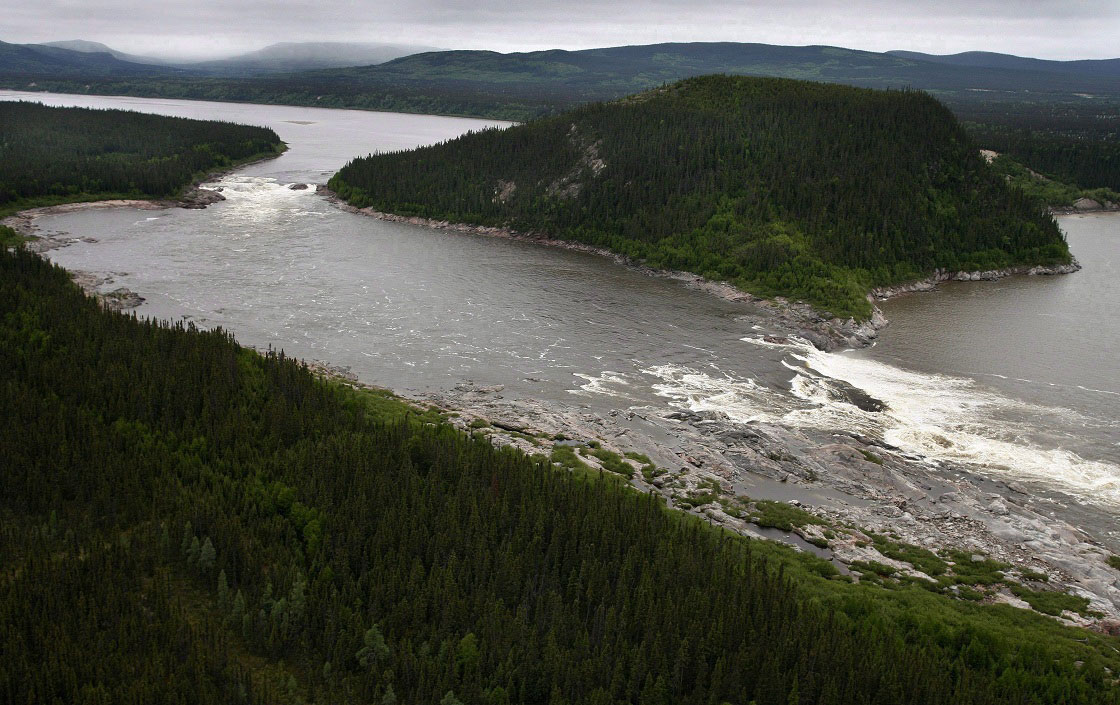HALIFAX – Nova Scotia’s Utility and Review Board has approved a proposal to build a subsea cable to ship hydroelectricity from Muskrat Falls in Labrador to Nova Scotia, saying Monday the Maritime Link edges out other energy alternatives for the province.

The board made its decision conditional on the project obtaining from Nalcor Energy the right to access the Newfoundland and Labrador Crown utility’s market-priced energy.
The board was asked to decide whether constructing the cable, known as the Maritime Link, was the cheapest long-term alternative for the province’s electricity users and whether it meets requirements on the release of air pollutants.
It says the project represents the lowest long-term cost alternative for electricity ratepayers in Nova Scotia on the balance of probabilities, but it is only the cheapest option by a narrow margin.
“While the board finds that the ML (Maritime Link) project is the lower long-term cost alternative, it is not on an overwhelming basis,” the decision reads. “There are various scenarios, within a range of reasonable assumptions that perform almost on an equivalent basis, or even better in a few cases, than the ML project.”
During hearings earlier this year, consumer and small business advocates in Nova Scotia questioned whether the proposal by NSP Maritime Link Inc., a subsidiary of Emera Inc. (TSX:EMA), would benefit electricity customers, who will foot the bill for the $1.5-billion project.

Get weekly money news
Opponents also doubted assertions from Emera and Premier Darrell Dexter that the project would stabilize electricity rates in the future.
Emera has argued that Muskrat Falls would serve about 10 per cent of Nova Scotia’s power needs, bringing clean energy into the province.

Nova Scotia’s opposition parties have also voiced their objections to the proposal, saying it warranted greater scrutiny by the government.
The board says it has reservations about the availability of market-priced energy under the deal, saying a blended rate is a “substantial uncertainty” for electricity users in Nova Scotia until 2041.
“The board concludes that the availability of market-priced energy is crucial to the viability of the ML project proposal as against the other alternatives,” it says. “More importantly, the board finds that without some enforceable covenant about the availability of the market-priced energy, the ML project does not represent the lowest long-term cost alternative for electricity ratepayers in Nova Scotia.”
For those reasons, it says it attached the condition that the project obtain from Nalcor the right to access market-priced energy or provide some other way of ensuring access to energy at that rate.
“In the board’s opinion, such a condition should not create any practical difficulty because it would simply codify what NSPML (NSP Maritime Link Inc.) asserts is the effect of the arrangement in any case,” the decision says. “It would also confirm what NSPML already states is Nalcor’s view of their future relationship.”
Construction of Muskrat Falls is underway in Labrador with the $7.7-billion venture scheduled to generate power by 2017.

Comments